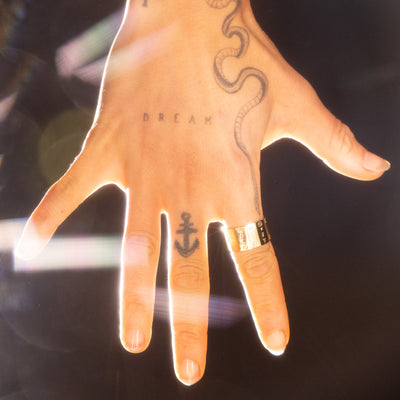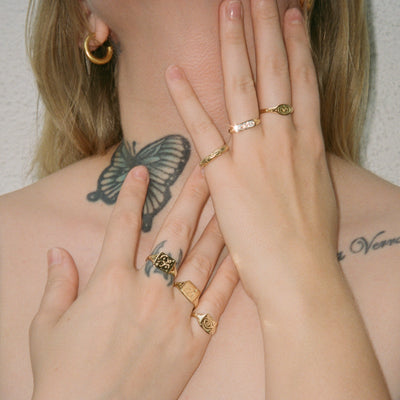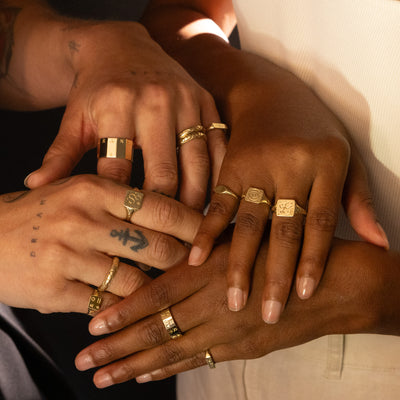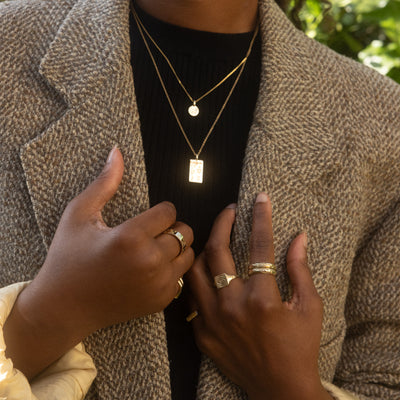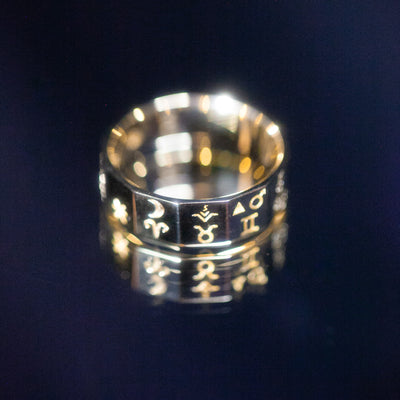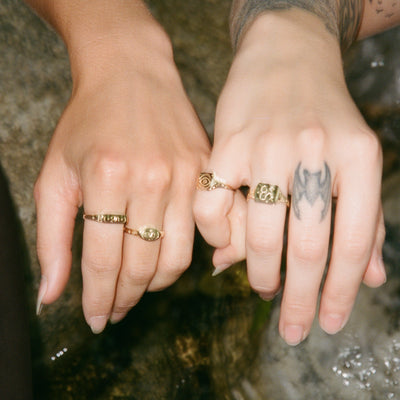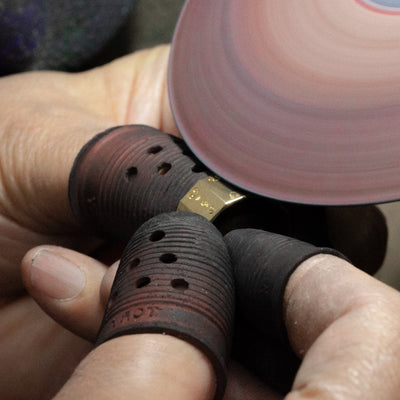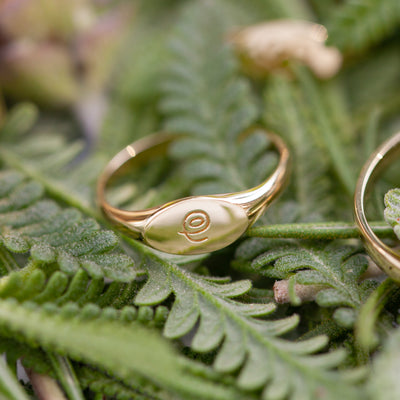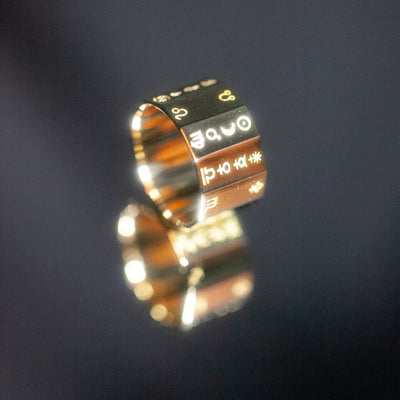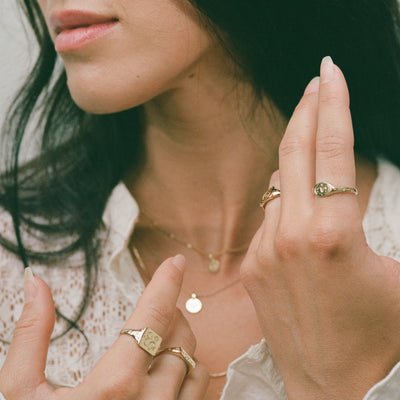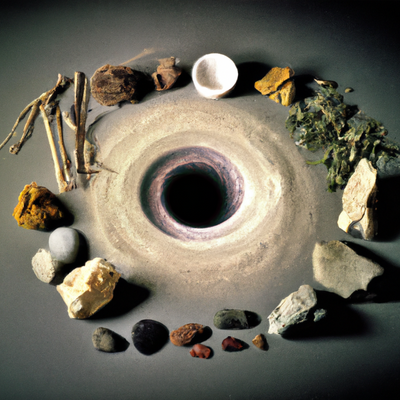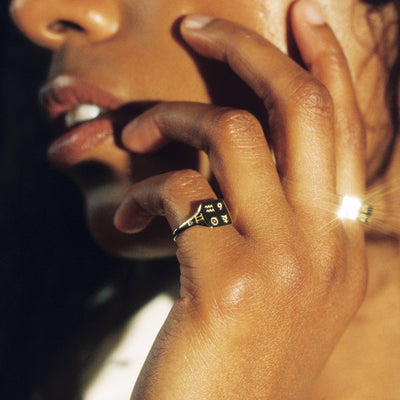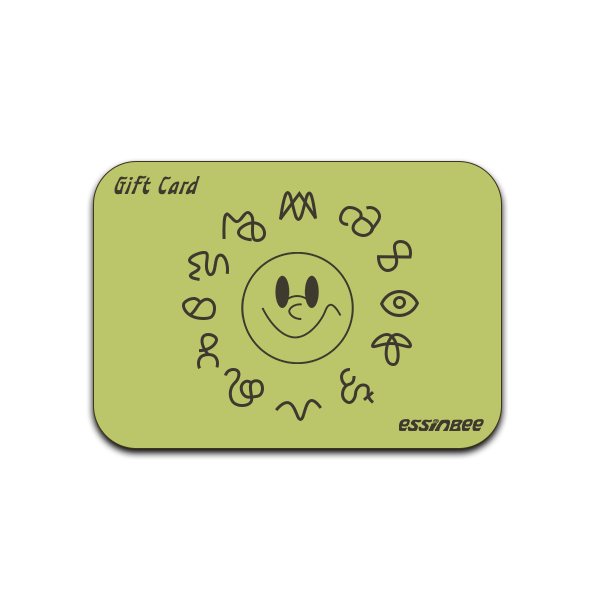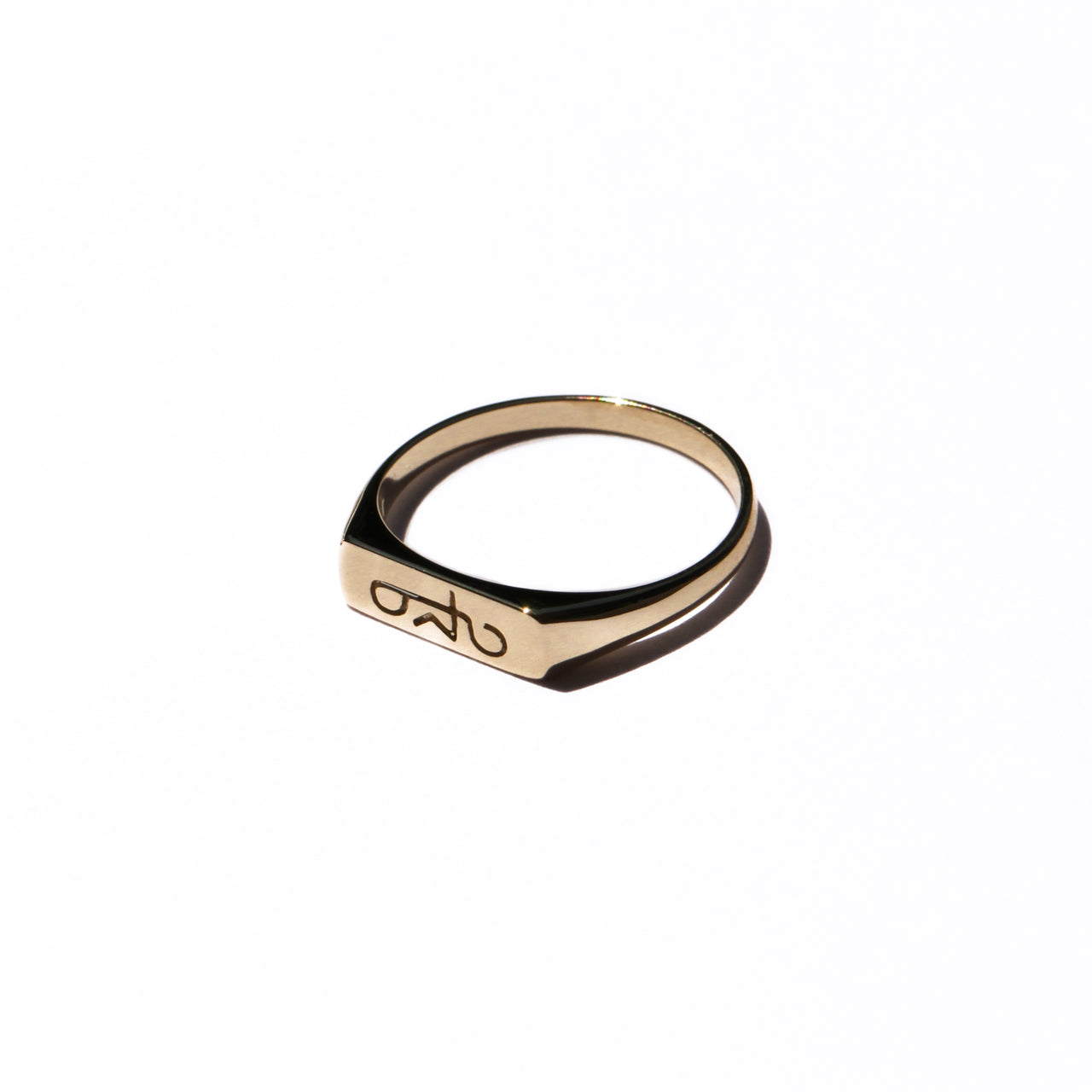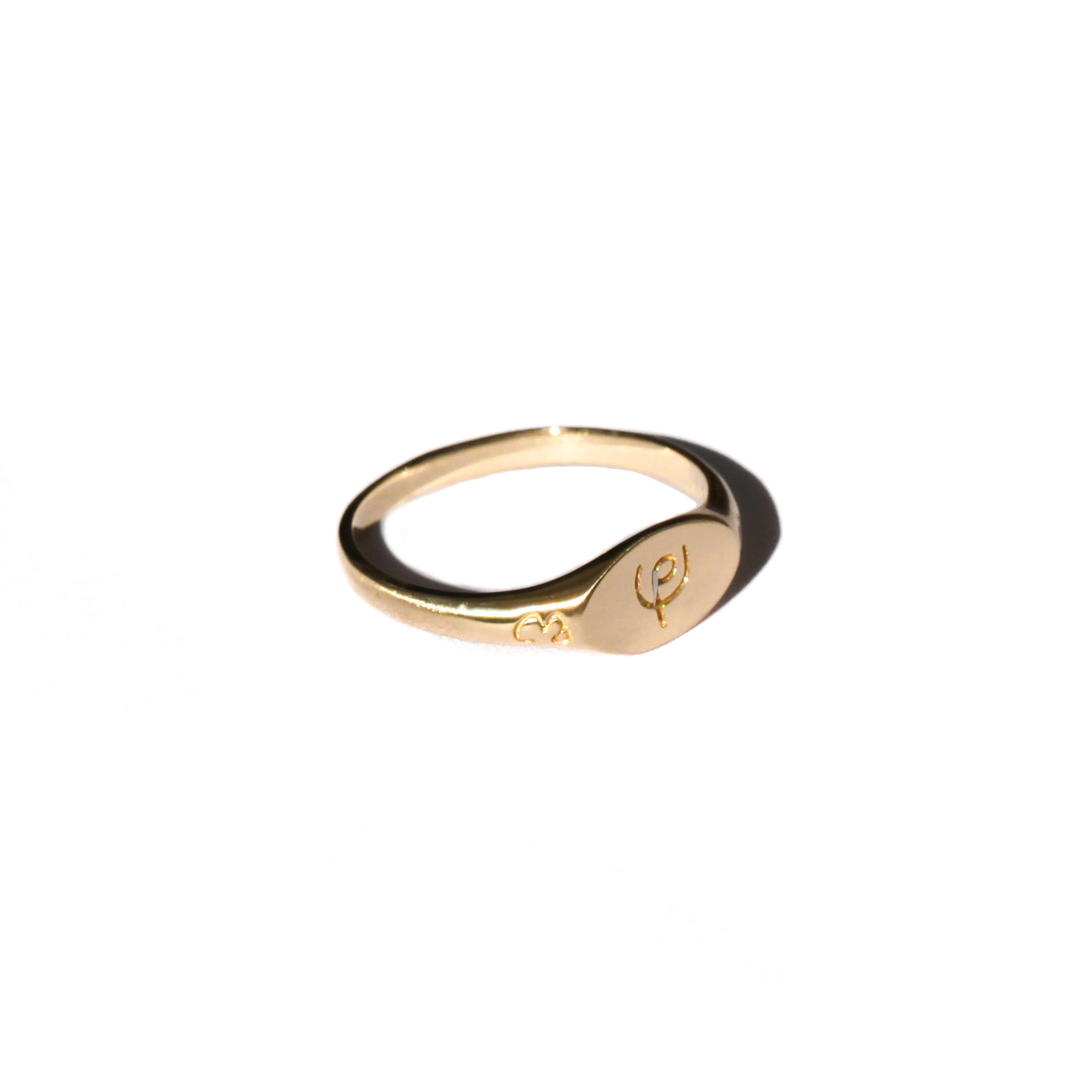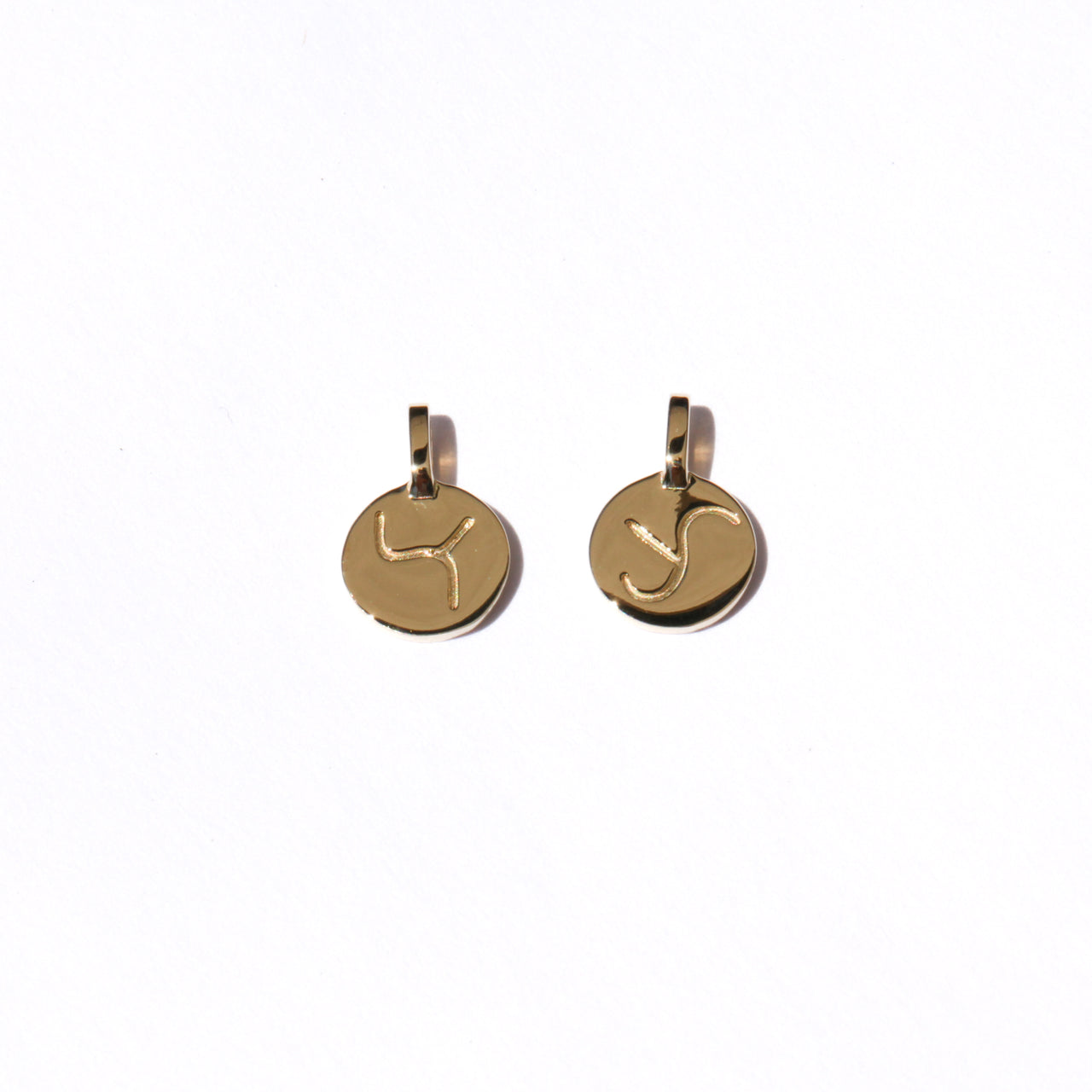Sigil Pronunciation and Etymology: Unraveling the Mystery
The term 'Sigil' is pronounced as sij-il / sĭjĭl / sĭjəl. The word comes from the Latin "sigillum," meaning "little sign" or "seal" 1. The etymology reveals its significance in various ancient and modern practices, described below.
Sigils: Symbols of Energy, Intentions, and More
Sigils represent specific energies or intentions and can encompass a desire, an archetype, or even a symbolic representation of a loved one. Beyond just being signs or symbols, sigils encapsulate a particular purpose or intent.
The Journey of Sigils Through History
These potent symbols have left their imprints across various cultures and eras, pointing to a universal human affinity towards symbolic representation.
Sigils in the Ancient World
The ancients employed sigils in fascinating ways. For example, ancient Egyptians used hieroglyphics - a form of sigils - to express complex ideas and narratives 2. Ancient Romans, on the other hand, used "sigillum" to denote small decorative seals in signet rings and for stamping official documents 3. Read a brief history of sigils here.

Ancient Roman Sigil Signet Rings, roughly 1st to 2nd century BCE
The Magic of Sigils in Medieval and Renaissance Times
In the Medieval and Renaissance periods, sigils took a mystical turn, featuring heavily in occult practices. Famous grimoires like the 'Key of Solomon' contained various sigils for invoking spirits and conducting magical rites 4. Sigils, during these times, also found use in 'talismanic magic,' with inscribed talismans believed to possess protective or beneficial properties 5.

Medieval Seal Matrix reading "SIGIL WIL’LV’I SEIRLORE" from 13th-15th centuries AD
Sigils in the Modern Era: Austin Osman Spare's Influence
Austin Osman Spare (1886–1956), an English artist and occultist, reshaped the modern perception of sigils. Spare developed a unique method of creating sigils based on personal desires or intentions, steering away from traditional methods. His work heavily influenced later occult practitioners and largely led to the contemporary popularity of sigils 6.

An astrological sigil coin from the 1800s 6
The Artistry of Sigil Creation
Creating a sigil involves embodying the intentions of the creator within a unique symbol. The method, made popular by Austin Osman Spare, involves writing out the intention, crossing out vowels and any repeating consonants, and forming a symbol with the remaining letters. The resulting abstract symbol is a physical embodiment of the original intention 7.

A Path to Change and Transformation through Sigils
Sigils are visual reminders of energies or intentions. By aligning our mindset and actions with these symbols, we can effect significant changes in our reality. By embracing the concept of "We make our own magic," we acknowledge our potential to shape our reality as we desire, one action at a time.
Sigils: Personalized Symbols for You
All the sigils featured on our website are uniquely designed by us. While they mainly represent collective intentions, we also offer customized sigils to cater to your unique needs, depicting personal intentions, loved ones, or the archetypal energy you wish to embody.

Sigils, powerful symbols that encourage us to actively shape our actions and reality, have journeyed through time, evolving from functional seals to magical talismans and now as means of personal expression and self-realization. This rich history shows how sigils have been and continue to be a fundamental part of human culture and spirituality.
Footnotes
- Harper, D. (2001). Sigil. Online Etymology Dictionary.
- Wilson, P. (1995). Sacred Signs: Hieroglyphs in Ancient Egypt. Oxford University Press.
- Faraone, C. A. (2004). Ancient Roman Magic. In The Oxford Encyclopedia of Ancient Greece and Rome.
- Mathers, S.L.M. (1888). The Key of Solomon the King (Clavicula Salomonis). George Redway.
- Davies, O. (2009). Grimoires: A History of Magic Books. Oxford University Press.
- Roos, Anna Marie. "'Magic Coins' and 'Magic Squares': The Discovery of Astrological Sigils in the Oldenburg Letters." Notes and Records of the Royal Society, vol. 62, no. 3, 2008, pp. 271–288., https://doi.org/10.1098/rsnr.2007.0046.
- Unger, S. (2014). Austin Osman Spare: The Occult Life of London's Legendary Artist. Red Wheel Weiser.
Additional References
-
Carroll, Peter J. Liber Null ; &, Psychonaut: An Introduction to Chaos Magic. Vodnář, 2007.
- Grossman, Pamela Book of Witchcraft: Magick Words, Books, Shadows & Sigils. Library of Esoterica, 2021.
- Thwaite, Annie. "A History of Amulets in Ten Objects." Science Museum Group Journal, vol. 11, no. 11, 2022

